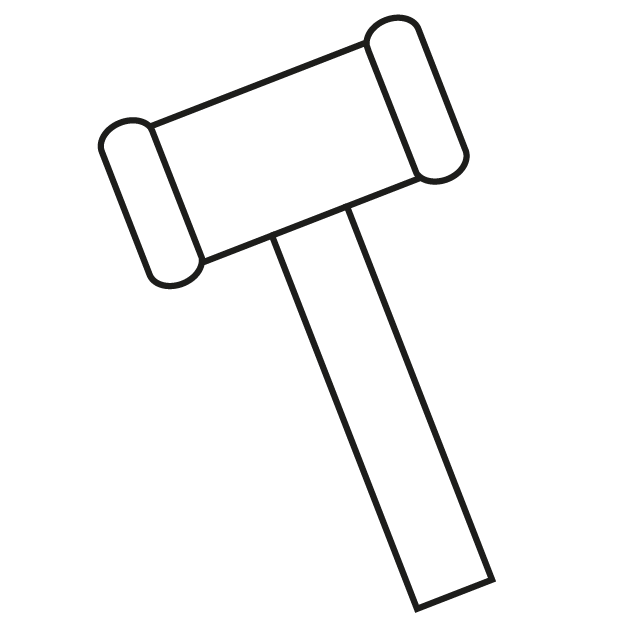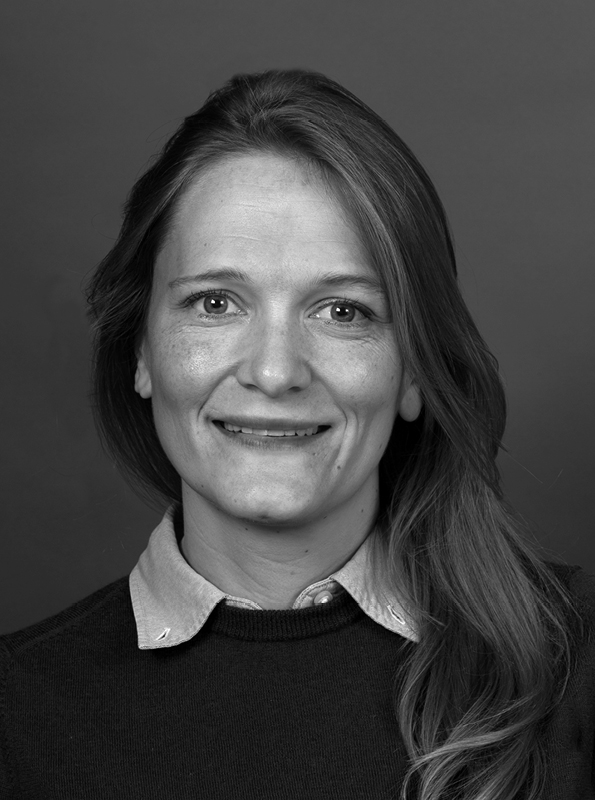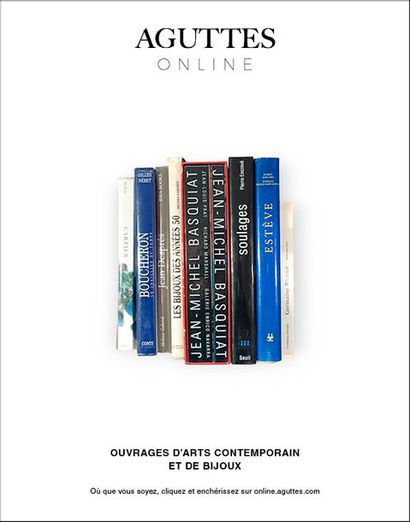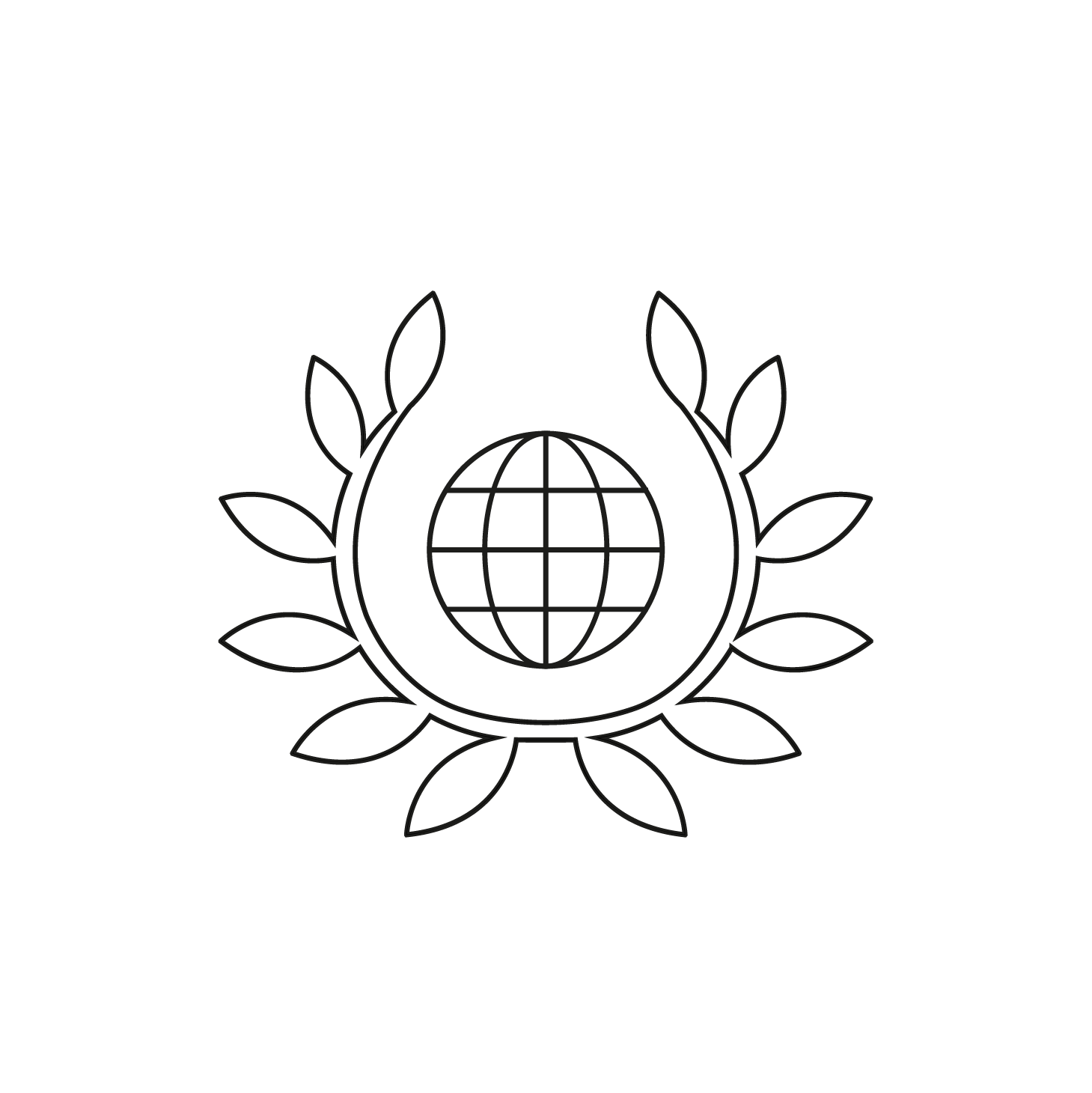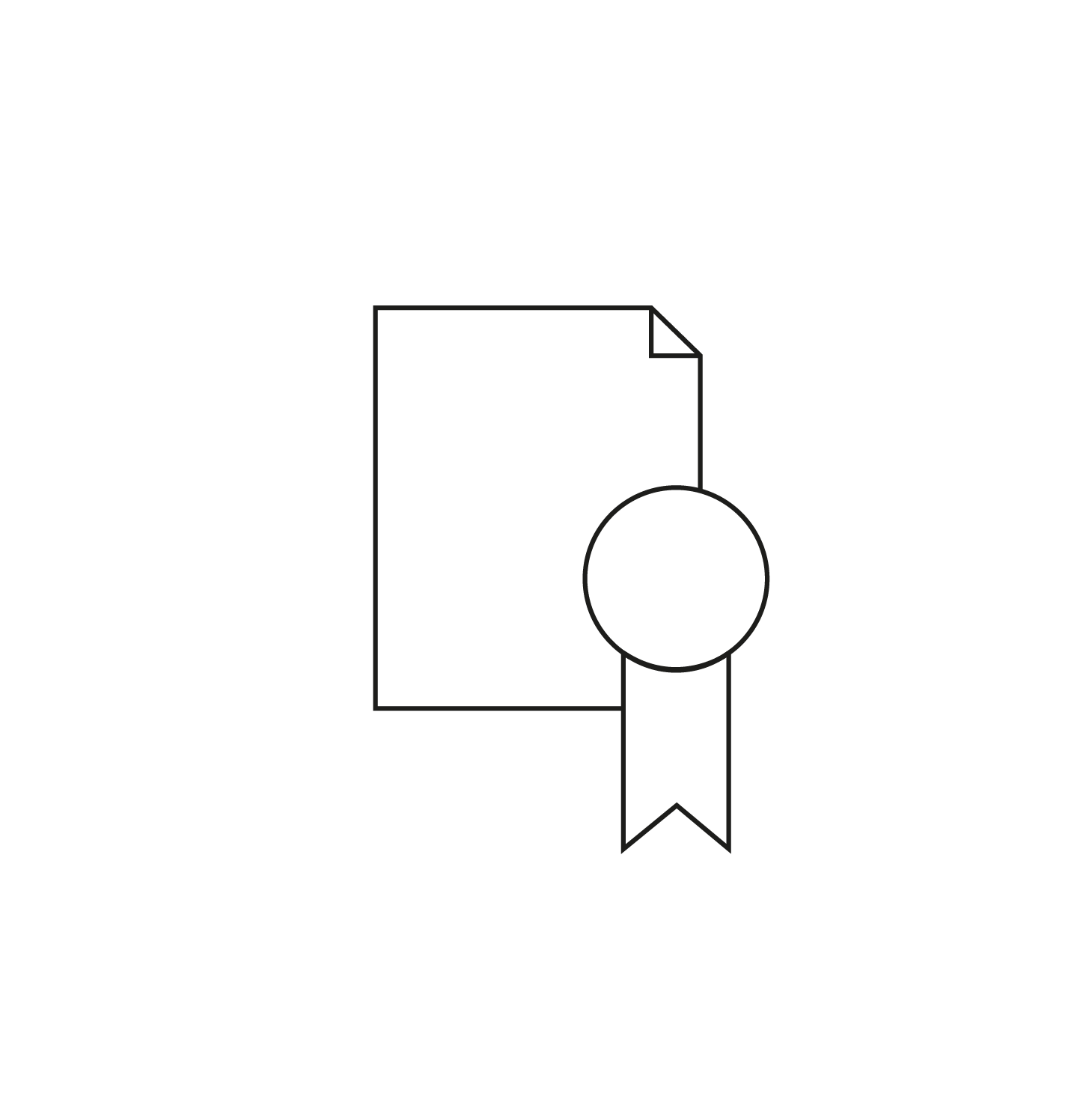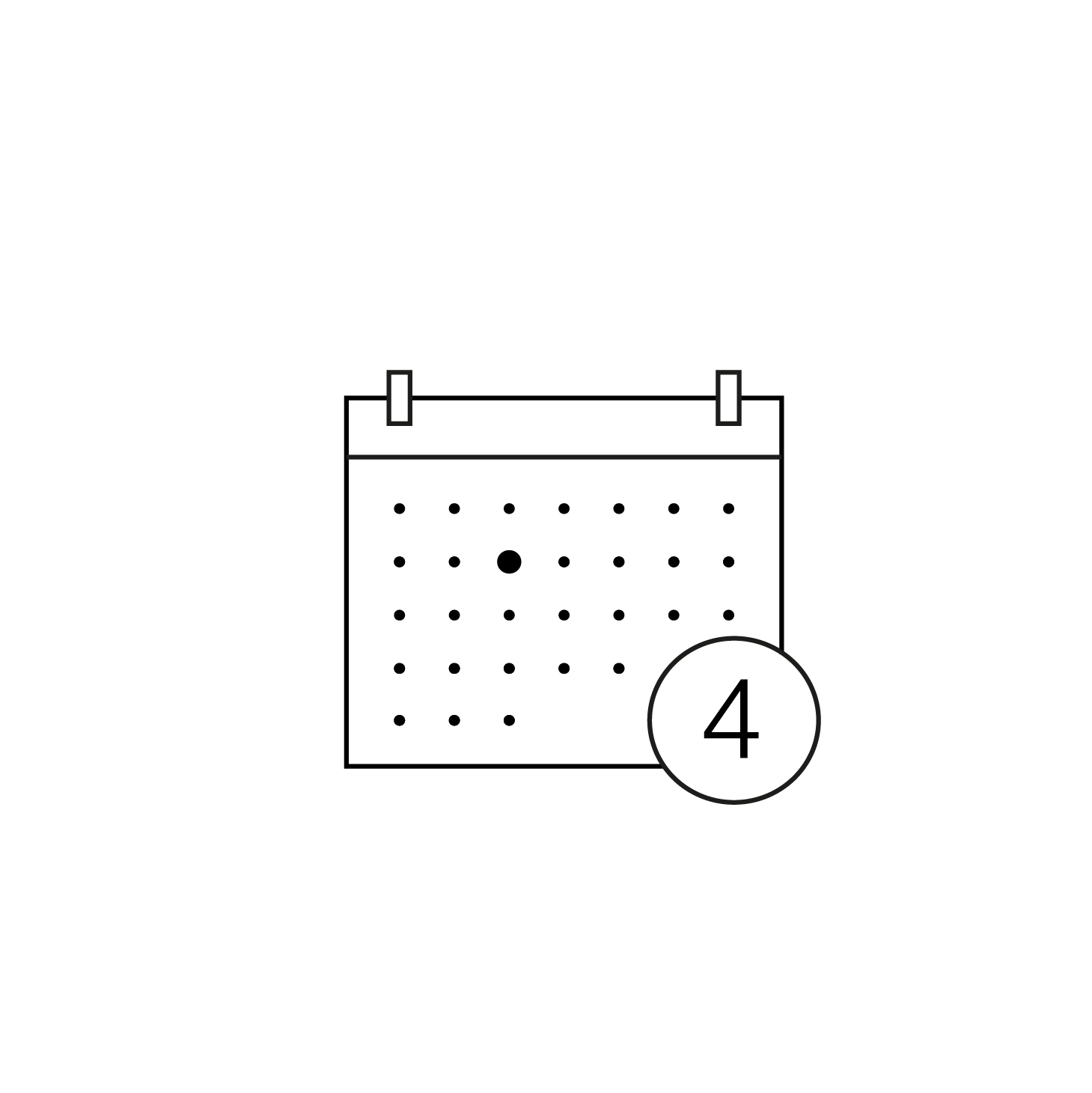A major and unavoidable figure of modern and contemporary art among Colombian, Latin American and world artists, Fernando Botero has earned his place in the art history of the 20th and 21st centuries. A child of South America and Colombian influences, Botero became both a painter and a sculptor with a style as unique as it is recognizable. Fernando Botero has long enjoyed recognition from art galleries, museums of modern and contemporary art that exhibit him in their permanent collections as well as from collectors. His works, in painting and sculpture, are as many works of art as the great collectors of modern and contemporary art.
Fernando Botero was born in 1932 in Medellin, Colombia. Raised by his mother and uncle in the tradition of Colombian culture, he was trained at the bullfighting school before quickly abandoning the red cape and the tercio de piques for the handling of the pencil. Inspired by pre-Colombian and Spanish art, Botero decided to embark on a career as an artist.
In 1948, at the age of only sixteen, he published his first drawings in a local newspaper. They were inspired by the murals of Diego Rivera and José Clemente Orozco, two Mexican artists. Eager for adventure, the artist left for the capital Bogota. There he had his first exhibition and sold his first paintings, with the money from which he flew to Europe in 1952. An initiatory journey followed: Botero studied the Spanish masters at the Prado and discovered the old masters at the Louvre Museum before learning the art of fresco in Florence. Back in Colombia, his travel paintings disappointed the critics and Botero had to take a job as a tire salesman to survive. Married in 1956, he found inspiration again and perfected his style the following year with his Still Life with Mandolin featuring exaggerated volumes. Always misunderstood, the artist travels again. He exhibited in New York, collaborated with Vogue Paris to illustrate haute couture collections, then moved to Pietrasanta in Italy before finally settling in Paris in 1973. He then began to work on sculpture in addition to his pictorial works.
Known for his characters of exaggerated proportions, Botero finds in monumentality a way to express his emotions regarding a given subject. In this way, we can find as much gentleness in his feminine representations, humour in his brothel scenes, as acerbic political commitment, notably through his works dealing with the treatment of Abu Ghraib prisoners by the US army in 2004. In spite of the roundness of his subjects, Botero always manages to exude an impression of lightness in his works.

